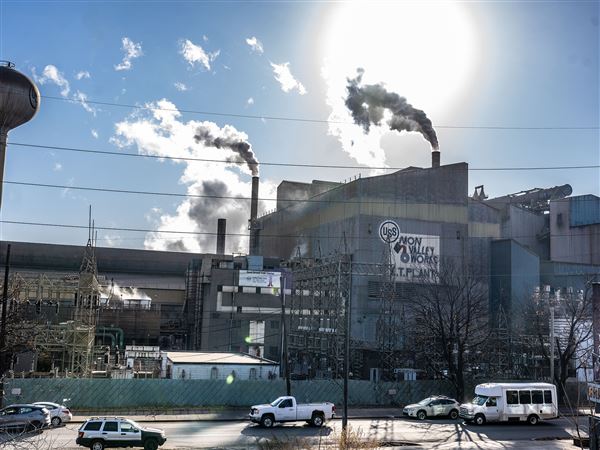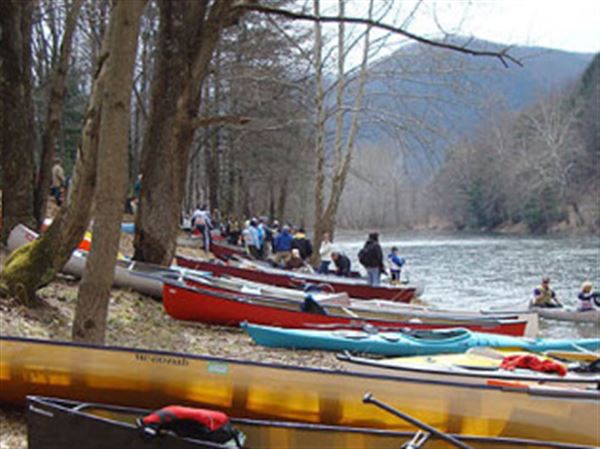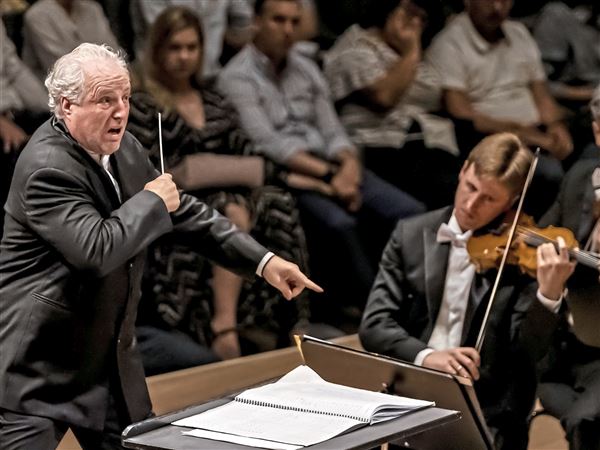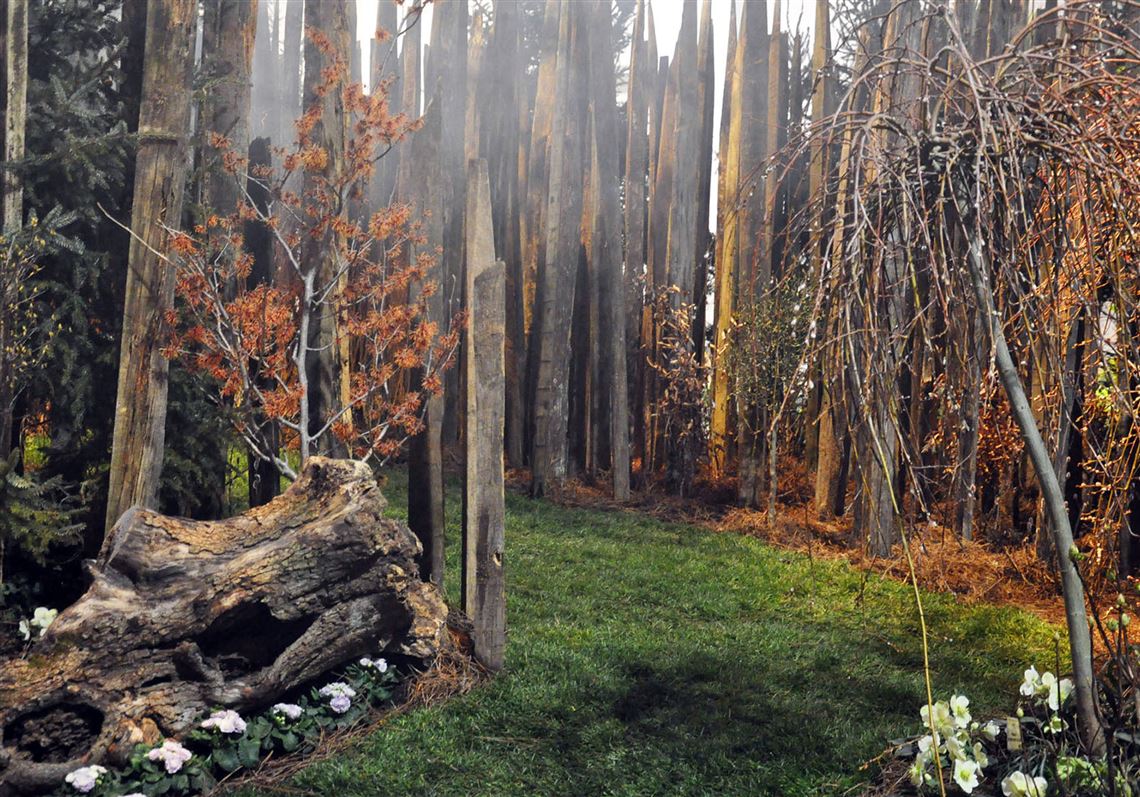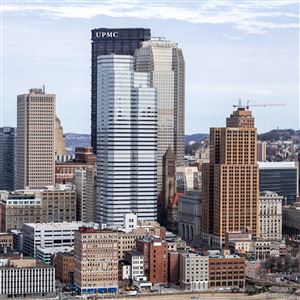Here’s what’s great about the Philadelphia Flower Show: In late winter, the passions, skills and sheer labor of scores of gardeners, florists and designers are poured into the vast concrete cave known as the Pennsylvania Convention Center.
Here’s what’s not so great about the show: All that horticultural effort is poured into the vast concrete cave known as the Pennsylvania Convention Center.
Over nine days every March, a quarter-million visitors come to downtown Philly to see the extravagant, flower-rich exhibits, the perfectly groomed bulbs and the hothouse plants of the competitive show, as well as other plant-related theater.
As lavish as the major exhibits are — each bedecked with thousands of flowers tricked into bloom — they cannot escape the muddying effect of the windowless show hall’s artificial light. The vibrant blues of the muscari, the deep plum-colored irises, the scarlet azalea blossoms — all are robbed of much of their vitality by the banks of overhead lights. However creative and magical a major exhibitor’s flight of fancy might be, the visitor cannot completely forget that the display is not in the garden’s natural environment.
But hold on to your bonnets. The Pennsylvania Horticultural Society, the show’s creators, has been forced by the pandemic to move this year’s show to June 5-13 and to stage it outside, at the city’s FDR Park.
A part of the show will be under canvas, but most of it will be beneath the broad, sunny heavens of a Philadelphia in late spring. The outdoor setting and a limit to ticket sales will allow the safe spacing of participants and visitors, said Sam Lemheney, the society’s chief of shows and events.
The show’s origins date to 1829, but this is the first time it has been held outdoors, and it will expand to occupy 15 acres. This seems like a radical shift for the tradition-bound society, but it is a welcome one. Here, perhaps, is a golden opportunity to cast off some of the dated aspects of the flower show and to reinvent it with an eye to the future.
Last year’s show was held just under the pandemic wire. Initial U.S. shutdowns occurred less than a week after it closed.
The convention center show has two things going for it: It’s held in late winter, when people are most in need of a taste of spring, and the center provides the infrastructure that a large event needs, including a transportation hub, spaces for different events, restrooms, places to eat and protection from the weather.
But an outdoor show in the growing season offers the potential of an even richer experience. Usually, exhibitors spend months working with greenhouse growers to manipulate certain trees, shrubs, perennials and bulbs so they are in leaf and in bloom during the show. A show in June, by contrast, would give nurseries and garden designers a much broader palette of plants in growth and flower.
“It has opened up a wide variety of plants you can showcase,” Lemheney said. “I know all our designers are excited.”
The seasonal shift will also permit nurseries to offer far more plants than are typically available at the show’s regular marketplace, which offers a preponderance of dry goods. Serious gardeners are no less prone to the allure of retail therapy than ordinary mortals, and the prospect of finding choice, rare and interesting hardy shrubs and perennials for the garden would be a powerful attraction.
This is one of the big draws of the world-famous Chelsea Flower Show in London, where specialty nurseries sell plants and stage amazing displays. Its organizer, the Royal Horticultural Society, announced last week that it was pushing the show back from May to September because of the pandemic.
In France, Parisians flock to the grounds at Chantilly for the spring and fall show known as Les Journées des Plantes. Next year sees the six-month-long Floriade in Almere, Netherlands, an international green exposition held once a decade.
Carolyn Mullet, who leads small-group tours to European gardens, says of outdoor shows such as Chelsea: “It’s all staged, but it feels more like a garden, a natural encounter with nature,” she said. “I think the gardens show better.” Her firm, Carex Tours, is based in Takoma Park, Md.
Is it possible that moving the Philadelphia show outdoors will not only make it more natural, but also secure its future? What does every cultural institution in the United States need in our time? The revitalizing effects of a younger and more diverse audience. Surely, a young family is more likely to visit a bright and sunny outdoor show in June than a convention center wonderland in March?
An outdoor show, well into the spring growing season, will allow for more convincing displays and enable talented growers and designers to tap into two areas of contemporary gardening bound to appeal to a younger audience — gardens that embrace ecology, and plants raised for food. (The 2021 show’s theme is “Habitat: Nature’s Masterpiece.”)
Lemheney said the 2022 show is already in the planning stages for the convention center, but as for an eventual, permanent shift outdoors?
“I can’t answer that question, because we haven’t done it yet,” he said. “We don’t know what the guest experience is going to be. We’ll have to wait and see.”
First Published: February 14, 2021, 11:30 a.m.

